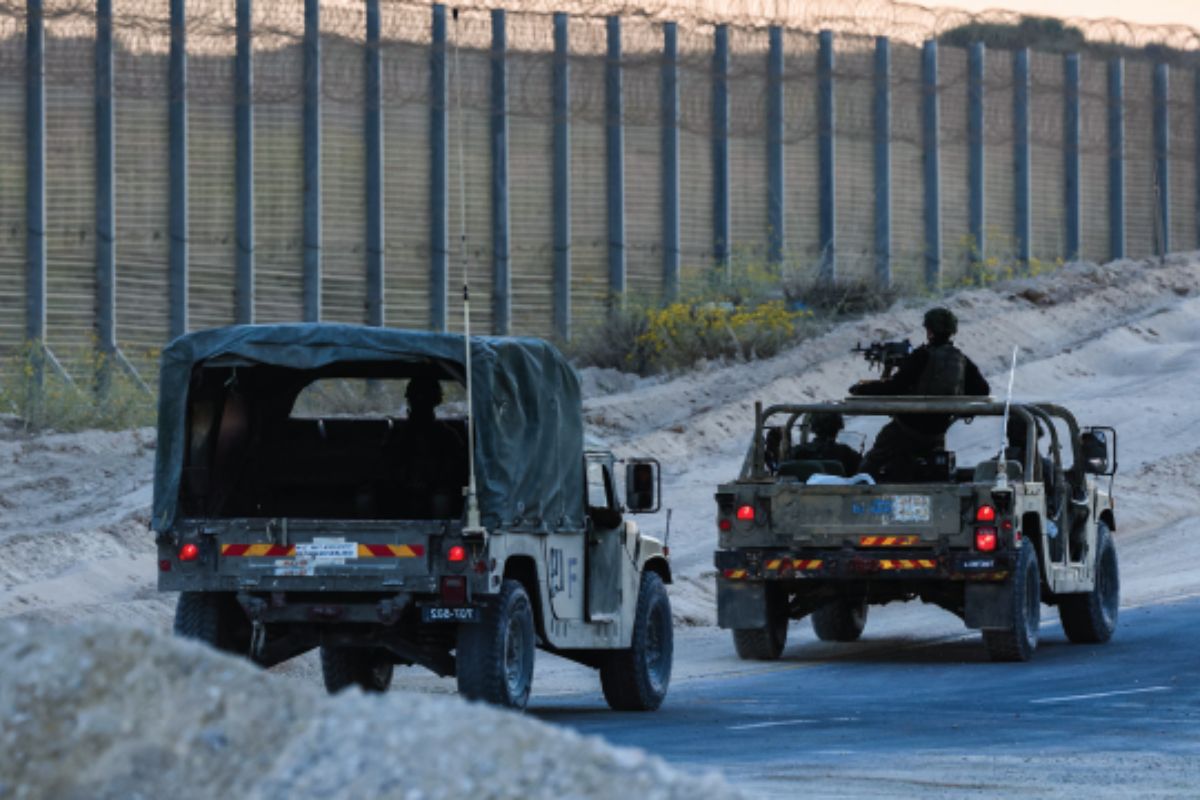
What is the Gaza Strip? The Gaza Strip is a small, densely populated region along the eastern coast of the Mediterranean Sea. It borders Egypt to the southwest and Israel to the east and north. Despite its small size, the area is rich in history and has been a focal point of conflict for decades. Why is it important? The Gaza Strip holds significant geopolitical importance due to its location and the ongoing Israeli-Palestinian conflict. Understanding this region helps grasp the complexities of Middle Eastern politics. What will you learn? This blog post will provide 25 intriguing facts about the Gaza Strip, shedding light on its history, culture, and current situation.
Geography and Location
The Gaza Strip is a small but significant region in the Middle East. Its unique geography and location have shaped its history and current events.
- The Gaza Strip is a narrow piece of land along the Mediterranean Sea, bordered by Israel and Egypt.
- It spans about 25 miles in length and 7.5 miles in width at its widest point.
- The total area of the Gaza Strip is approximately 141 square miles.
- The region is densely populated, with around 2 million residents.
- Gaza City is the largest city and serves as the administrative center of the Gaza Strip.
Historical Background
Understanding the history of the Gaza Strip provides context for its current situation. The region has a rich and complex past.
- The Gaza Strip has been inhabited since ancient times, with evidence of settlements dating back to the Bronze Age.
- It was part of the Philistine Pentapolis in the 12th century BCE.
- The region has been ruled by various empires, including the Egyptians, Assyrians, Babylonians, Persians, Greeks, Romans, Byzantines, and Ottomans.
- After World War I, the Gaza Strip became part of the British Mandate of Palestine.
- In 1948, following the Arab-Israeli War, Egypt took control of the Gaza Strip.
Modern Political Context
The political landscape of the Gaza Strip is complex and often contentious. Several key events have shaped its modern political context.
- In 1967, during the Six-Day War, Israel captured the Gaza Strip from Egypt.
- The Oslo Accords in the 1990s led to the establishment of the Palestinian Authority, which gained limited self-governance in the Gaza Strip.
- In 2005, Israel unilaterally withdrew its settlers and military from the Gaza Strip.
- Hamas, an Islamist political and militant group, took control of the Gaza Strip in 2007 after winning elections and a subsequent conflict with the Palestinian Authority.
- The Gaza Strip has been under an Israeli and Egyptian blockade since 2007, restricting the movement of people and goods.
Economy and Infrastructure
The economy and infrastructure of the Gaza Strip face numerous challenges due to political and social factors.
- The economy relies heavily on agriculture, fishing, and small-scale industries.
- Unemployment rates in the Gaza Strip are among the highest in the world, often exceeding 40%.
- The blockade has severely limited the import of goods, leading to shortages of essential items.
- Electricity supply is inconsistent, with frequent power outages affecting daily life and businesses.
- The healthcare system is under strain, with limited medical supplies and facilities to meet the needs of the population.
Culture and Society
Despite the challenges, the people of the Gaza Strip maintain a rich cultural and social life.
- The majority of the population in the Gaza Strip are Sunni Muslims.
- Arabic is the official language spoken by the residents.
- Traditional Palestinian cuisine, music, and dance are integral parts of the cultural heritage.
- Education is highly valued, with a literacy rate of over 95% among the younger population.
- Family and community play a central role in social life, with strong ties and support networks among residents.
Final Thoughts on Gaza Strip Facts
Understanding the Gaza Strip means diving into its rich history, complex politics, and unique culture. This small region, often in the news, holds a significant place in global affairs. From its ancient roots to modern-day challenges, Gaza's story is one of resilience and survival. The people there face daily struggles but also show incredible strength and hope. Knowing these facts helps us see beyond headlines, appreciating the human side of the conflict. It’s a reminder of the importance of peace and empathy in a world often divided by borders and beliefs. By learning about Gaza, we gain a deeper respect for its people and their enduring spirit. Let’s continue to educate ourselves and others, fostering a more informed and compassionate world.
Was this page helpful?
Our commitment to delivering trustworthy and engaging content is at the heart of what we do. Each fact on our site is contributed by real users like you, bringing a wealth of diverse insights and information. To ensure the highest standards of accuracy and reliability, our dedicated editors meticulously review each submission. This process guarantees that the facts we share are not only fascinating but also credible. Trust in our commitment to quality and authenticity as you explore and learn with us.
